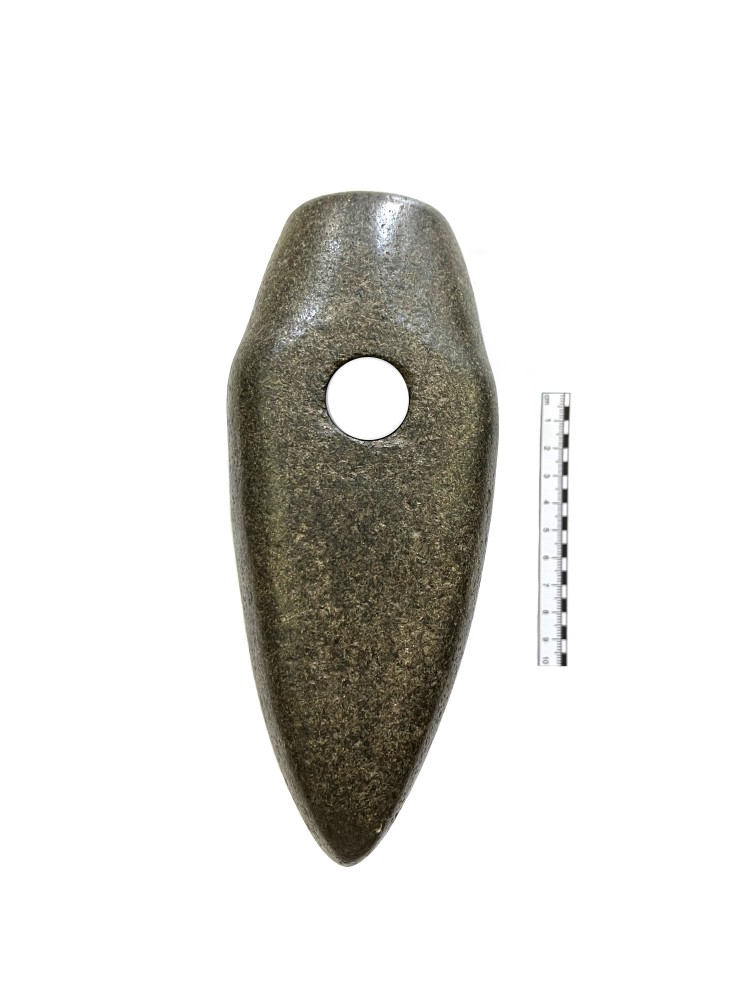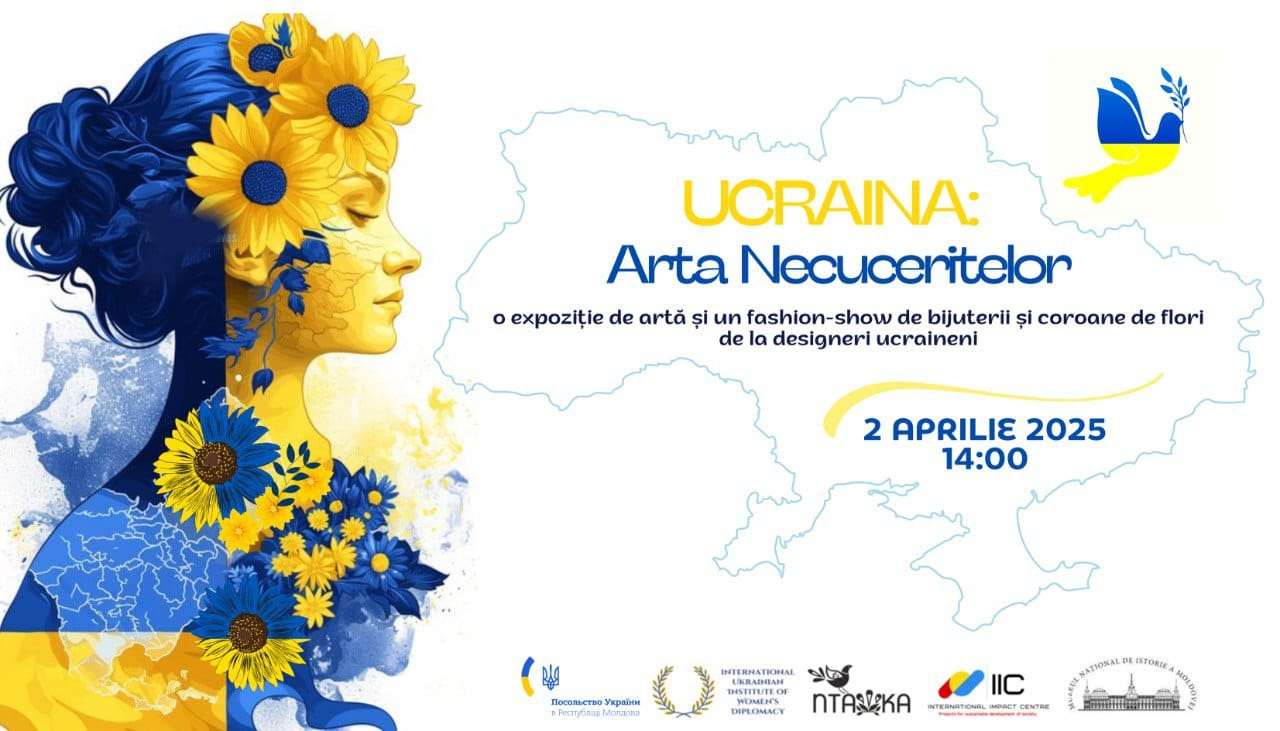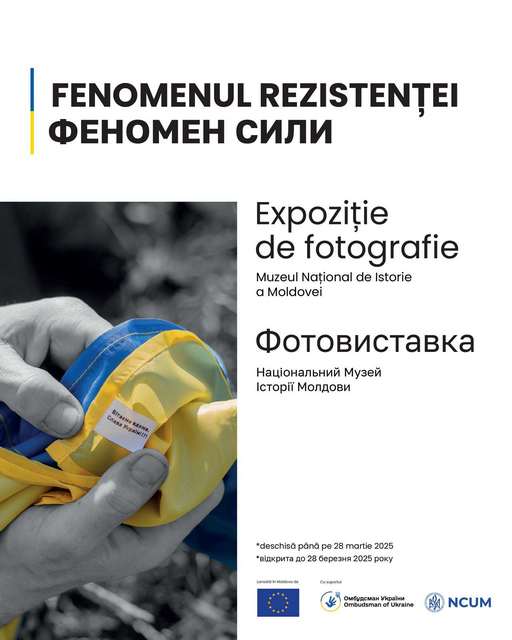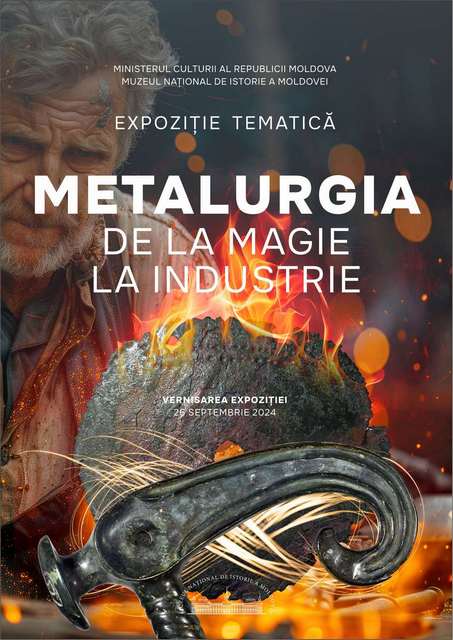  Events Archive Events Archive
“Refinement and Elegance of the Interwar Period”
September 23, 2023
On Saturday, September 23, 2023, the Association of Guides, Lecturers and Translators of the Republic of Moldova, in partnership with the National Museum of History of Moldova, organized a wonderful event "Refinement and Elegance of the Interwar Period", bringing together more than 30 people with the aim to get familiar with the history of fashion and lifestyle from the beginning of the 20th century. During the event, a presentation was held, which highlighted the history of fashion, social life, outstanding personalities who influenced the course of fashion - fashion designers, actors, artists, representatives of the aristocracy and other social categories. The presentation was supported by Svetlana Shagova, member of the Association of Guides, Lecturers and Translators of the Republic of Moldova. The special guest was stylist Diana Serezhnikov, who emphasized the importance of approaching such a topic in the room with a unique exhibition dedicated to this topic. The program continued with the presentation of the colorful collection of beginner designer Ms. Laura Lungu, which perfectly complemented the event. Then the guests visited the temporary exhibition "Fashion and Lifestyle in the 20th Century. From the Clothing Collection of the National Museum of History of Moldova", being guided in the world of fashion by Mrs. Eugenia Golban. Civil society representatives, tour guides, journalists, graduates of the fashion design faculty and fashion lovers participated in the event. The history of fashion is more than fashion shows, catwalks and collections, it is part of the everyday life of society and allows us to draw some conclusions regarding the socio-economic, cultural, spiritual development of those who wore these clothes. The National Historical Museum of Moldova sincerely thanks the Association of Guides, Lecturers and Translators of the Republic of Moldova for their cooperation and organization of this unique event.
|
 31 August 1989 St., 121 A, MD 2012, Chisinau, Republic of Moldova
31 August 1989 St., 121 A, MD 2012, Chisinau, Republic of Moldova




















































